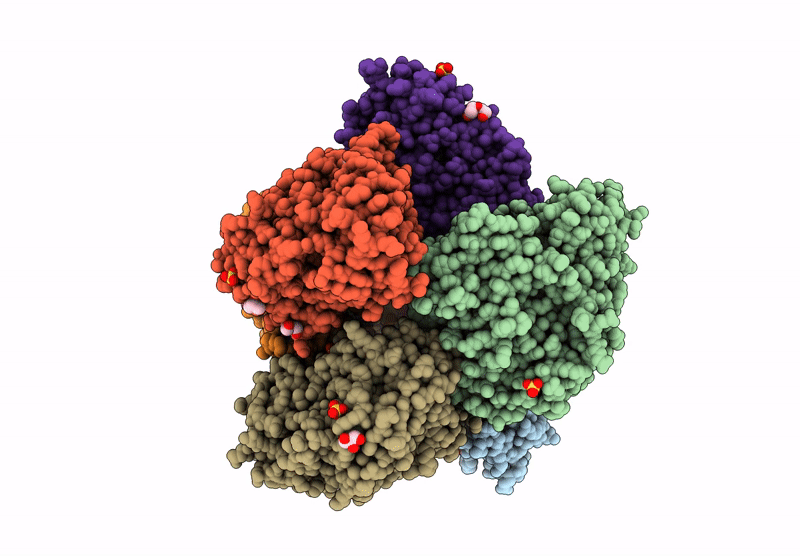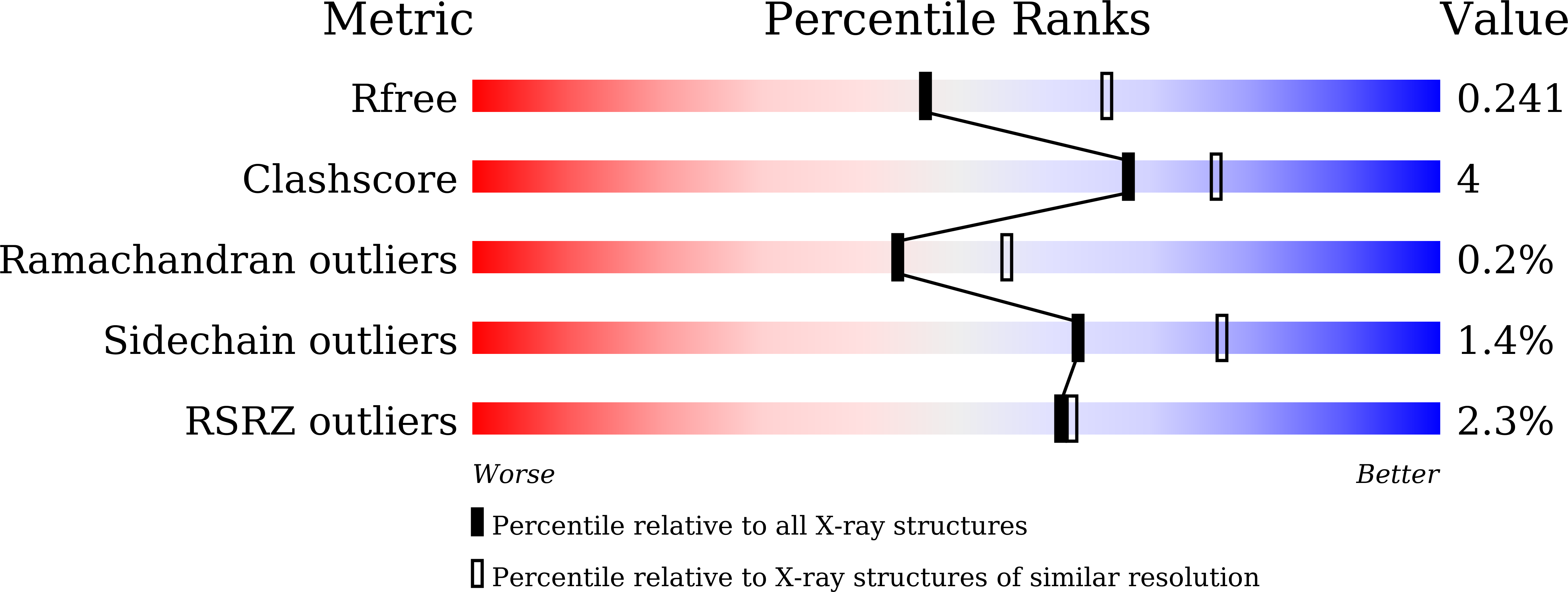
Deposition Date
2024-07-29
Release Date
2025-04-30
Last Version Date
2025-09-10
Entry Detail
Biological Source:
Source Organism:
Bacillus subtilis (strain 168) (Taxon ID: 224308)
Host Organism:
Method Details:
Experimental Method:
Resolution:
2.29 Å
R-Value Free:
0.24
R-Value Work:
0.19
R-Value Observed:
0.19
Space Group:
I 2 2 2


